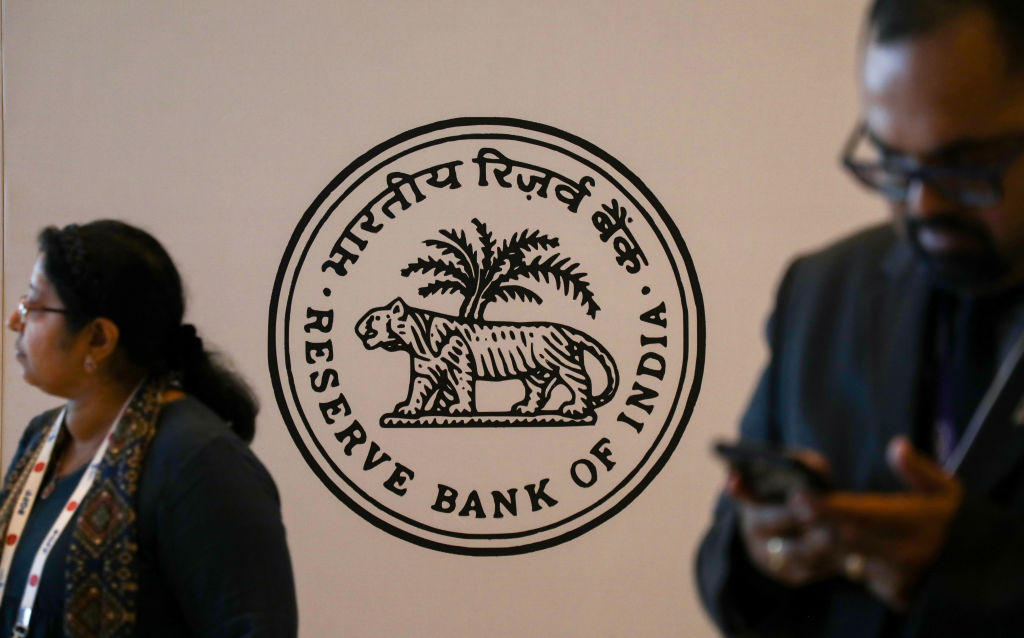The Reserve Bank of India (RBI) has announced a plan on Monday to inject an additional Rs 1.1 lakh crore into the banking system through various measures, including open market purchase auctions of Government securities and a variable rate repo auction. Additionally, a $5 billion dollar-rupee swap auction will be conducted to enhance liquidity.
This decision follows a review of current liquidity and financial conditions. The open market operations will involve the purchase of Government of India securities worth Rs 60,000 crore in three tranches of Rs 20,000 crore each. These tranches are scheduled for January 30, February 13, and February 20, 2025.
A 56-day Variable Rate Repo auction for Rs 50,000 crore will take place on February 7, while the dollar-rupee swap auction of USD 5 billion for a tenor of six months will be held on January 31, according to the RBI statement.
Detailed instructions for each operation will be issued separately, the statement added.
The RBI stated that it will monitor liquidity and market conditions and undertake measures as needed to ensure orderly liquidity management. The move comes as liquidity in the banking system remains tight, with a deficit of over Rs 3 lakh crore reported last week despite daily variable repo rate auctions.
Last week, the RBI engaged with banks to assess the impact of its new liquidity coverage norms. Banks expressed concerns about potential challenges posed by the norms, including their impact on credit flow, and requested a deferment or alternative mechanisms to manage these effects.
The new liquidity coverage norms were outlined in a draft circular issued on July 25. These norms require banks to set aside additional funds to manage risks, with implementation scheduled for April 1. The guidelines include assigning additional run-off factors to retail deposits enabled with internet and mobile banking facilities, mandating banks to increase high-quality liquid assets to address sudden fund withdrawals.
According to the norms, retail deposits with internet and mobile banking (IMB) will have a run-off factor of 5 percent. Stable retail deposits enabled with IMB will have a run-off factor of 10 percent, and less stable deposits will have a run-off factor of 15 percent. Banks cannot use cash reserve ratios to estimate high-quality liquid assets under the new guidelines.
The RBI said banking has undergone rapid transformation in recent years. While increased usage of technology has facilitated the ability to make instantaneous bank transfers and withdrawals, it has also led to a concomitant increase in risks, requiring proactive management. It has reviewed the Liquidity Coverage Ratio (LCR) framework to increase the resilience of banks.
LCR requires banks to maintain sufficient high-quality liquid assets (HQLAs), comprising mainly government securities, to manage a potential liquidity crunch due to any sudden withdrawal of funds. RBI has rejected the request of banks to include their existing cash reserve ratios to estimate HQLAs.
Treasury officials estimate that banks will need to allocate over Rs 4 lakh crore to purchase government bonds instead of extending credit to meet the liquidity coverage requirements. Banks have approached the finance ministry, seeking a relaxation of the guidelines, which they believe could adversely impact credit growth in the economy.
This initiative coincides with the tenure of the new RBI Governor Sanjay Malhotra, who succeeded Shaktikanta Das in December.
–IANS




















